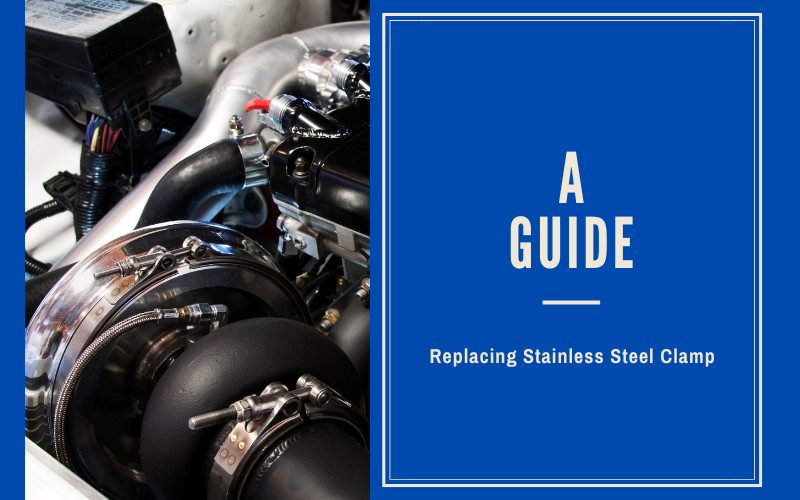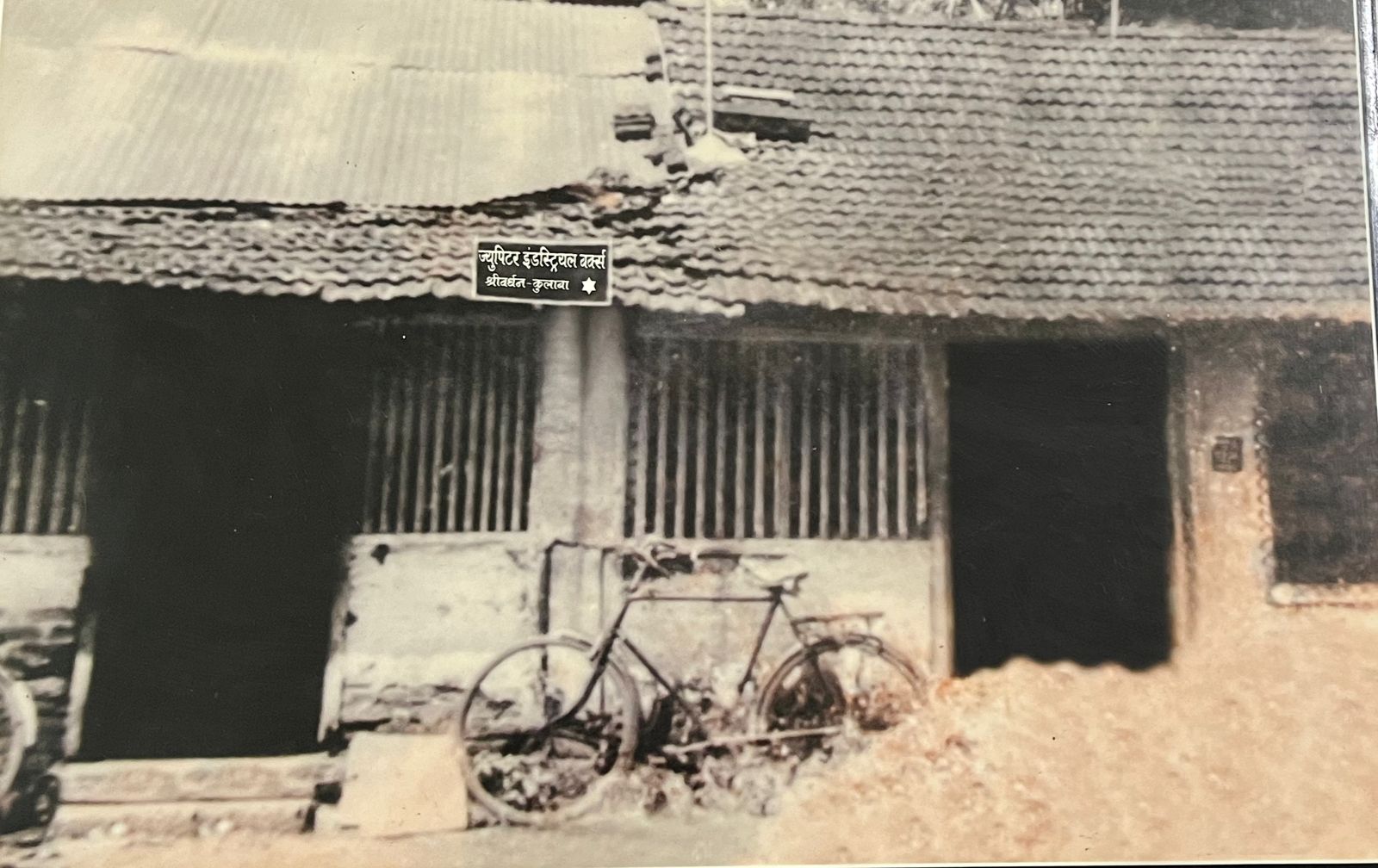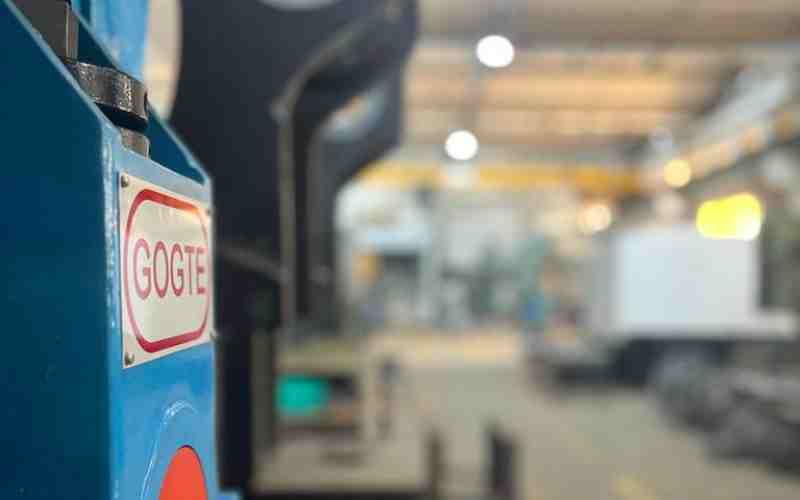
23 Jul, 2024 Posted By : Jupiter Industrial Works Thane Views : 289
Stainless steel clamps are designed for durability, but even the most robust clamps have a lifespan. Over time, wear and tear can diminish their effectiveness, leading to potential leaks, damage, or even failure. It's crucial to inspect your stainless-steel clamps regularly to ensure they are functioning properly, to avoid costly repairs or replacements down the line.
Visual Inspection
Regularly inspect your stainless-steel clamps for any visible signs of wear or deformation. Look for cracks, corrosion, or rust, which can weaken the clamp's structure and compromise its ability to hold securely. Verify that the clamp can hold the pipe or hose in place without slipping or releasing.
Leak Detection
If you notice any leaks or seepage from the pipe or hose that the clamp is securing, it may indicate that the clamp is no longer effective. Such clamps should be replaced immediately to prevent further damage or leakage.
Tightness
Check the tightness of the clamp by trying to move the pipe or hose slightly while the clamp is in place. If the clamp is no longer holding the pipe or hose securely, it may need to be replaced.
Corrosion
While stainless steel is resistant to corrosion, it can still occur over time, especially if the clamps are exposed to harsh environments. Inspect for signs of corrosion, such as pitting or discoloration, which can indicate that the clamp needs to be replaced.
Jupiter Clamps, a trusted name in the industry for over 60 years, has been known for its long-lasting durability and leak-proof solutions. With a commitment to quality and innovation, Jupiter Clamps provides standard and customized solutions for a wide range of applications across various industries, ensuring the excellent performance of their clamps. By regularly inspecting your stainless-steel clamps and replacing them, when necessary, you can maintain the integrity of your piping systems, prevent costly leaks or failures, and ensure the safety and efficiency of your operations.

02 Dec, 2024

22 Nov, 2024

16 Aug, 2024
.jpeg)
02 Mar, 2024
.png)
20 Feb, 2024

20 Feb, 2024

20 Feb, 2024